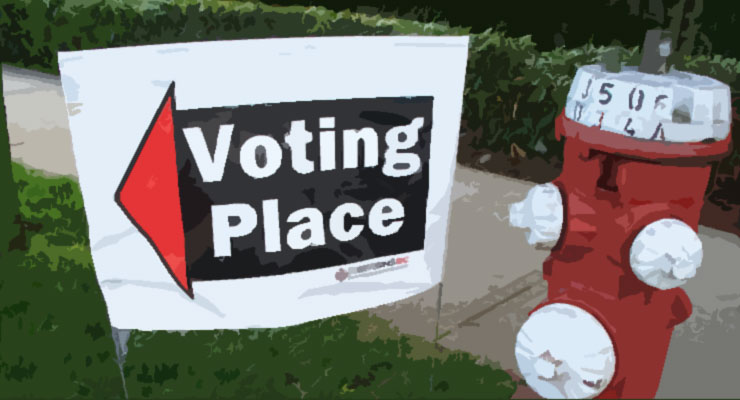 This article by Jeremy Seitz-Brown is published by FairVote. Here is an excerpt:
This article by Jeremy Seitz-Brown is published by FairVote. Here is an excerpt:
Truck driver Edward Durr made headlines in November by defeating the Democratic leader of the New Jersey state senate after only spending $1,813 on his campaign. His only purchases? Flyers and donuts. This was an example of a broader trend in American elections generally and the New Jersey state elections specifically: partisanship is becoming one of the only factors that matters.
The Garden State has 40 legislative districts that each elect one state senator and two state representatives in plurality, winner-take-all contests. Of the 40 districts, only one – the Eleventh District – elected members from both parties.
If New Jersey voters were to elect their members using proportional ranked choice voting (RCV) in three-member districts, it would be far more common to have representation from both parties in every district. We can simulate these results by adding together the vote share of each candidate in the General Assembly races and averaging that vote share with the state senate result. If a party won between 50.1% and 75% of the district’s support, it would win two of the three seats, and if it won over 75%, it would win all three seats.
Read the full article here. Also see related Democracy Chronicles articles like those on Voting Methods, Direct Democracy, and definitely checkout our main Voting Methods section.
Leave a Reply